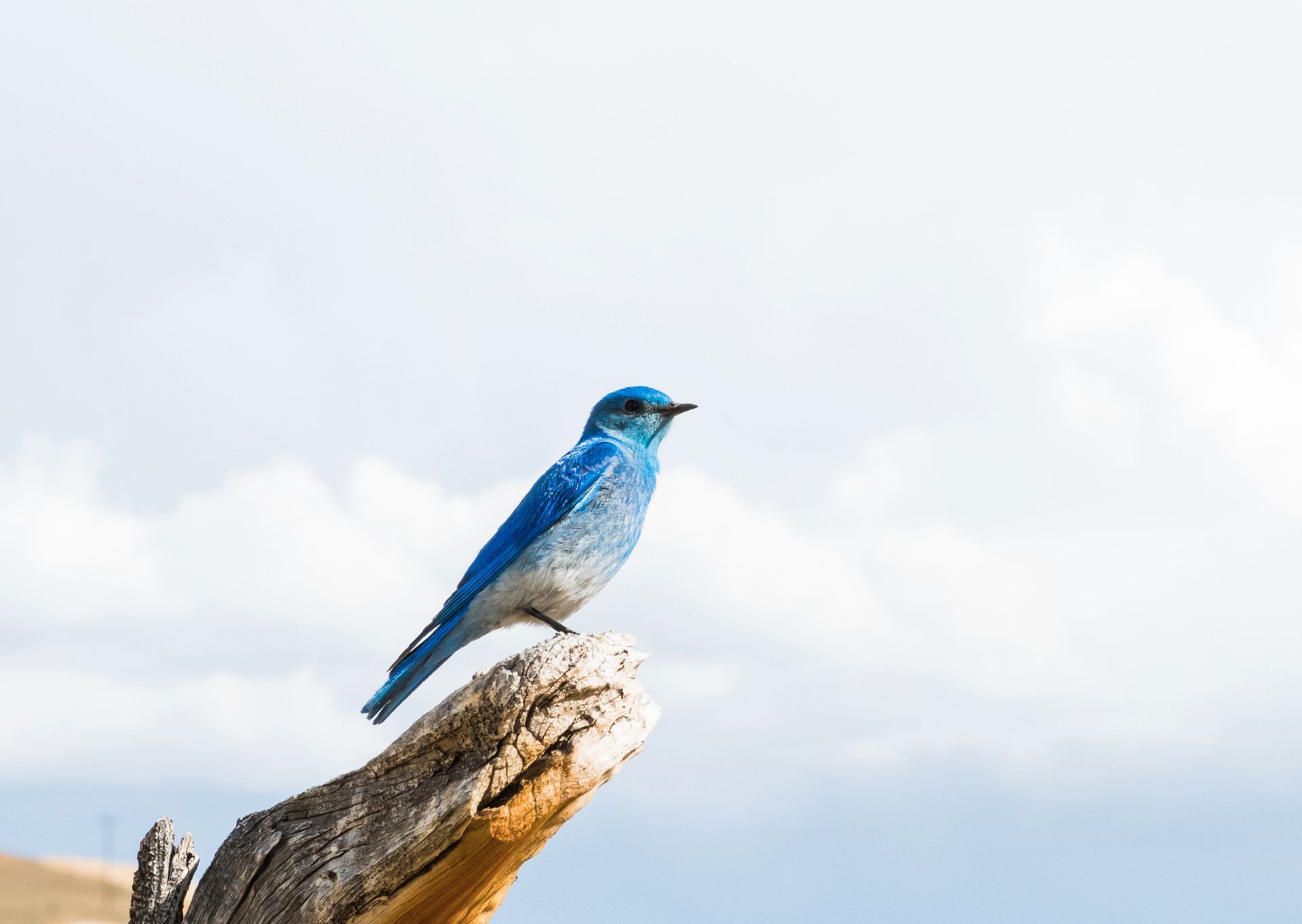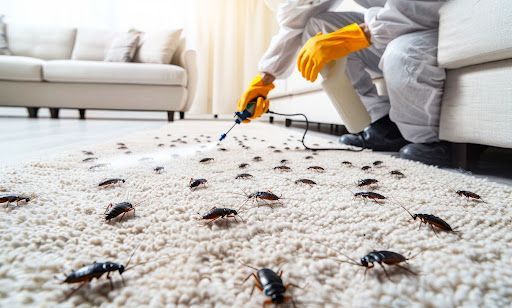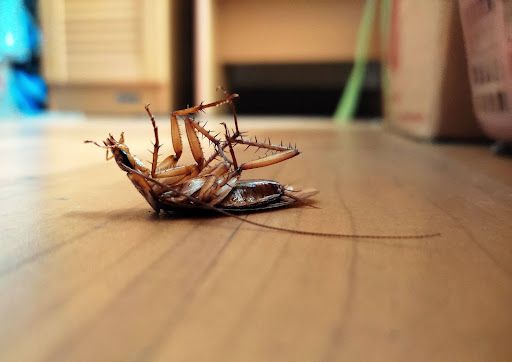Boise's Seasonal Pests: What to Watch Out for Throughout the Year
Boise, Idaho, with its distinct semi-arid climate, experiences notable seasonal variations that have a profound impact on pest activity. From hot, dry summers to cold, moist winters, each season brings its own set of challenges and opportunities for pests. Understanding these patterns is vital for effective pest management, enabling residents to anticipate potential pest issues and take proactive measures to address them.
Winter Pests in Boise (December to February)
During the winter months, the cold weather in Boise prompts pests such as rodents and spiders to seek refuge indoors. These pests look for warmth and shelter, making winter a critical period for pest prevention efforts.
Common winter pests include mice, rats, and various spider species. To maintain a pest-free home, sealing entry points such as cracks and gaps in doors and windows is crucial. Keeping indoor spaces clean and clutter-free can deter pests from settling in. Homeowners can take advantage of resources like the CDC's guidance on rodent prevention to bolster their efforts.
Spring Awakening: Pests Emerging in March to May
With the arrival of spring, rising temperatures lead to increased activity among pests like ants and termites. The spring rains contribute to higher moisture levels, attracting these pests to homes. Reducing moisture by fixing leaks and ensuring proper drainage around the house is essential. Regular inspections for signs of infestation, such as termite mud tubes or ant trails, can help catch problems early. Natural pest control methods, such as using diatomaceous earth or essential oils, are safe for families and pets while effectively managing pest populations.
Summer Surge: Managing Pests from June to August
The hot summer months in Boise witness a surge in mosquito, wasp, and fly activity. Standing water from summer rains and outdoor activities like barbecues can exacerbate pest issues. To prevent mosquito breeding, eliminate standing water in containers, gutters, and birdbaths. Using natural repellents, such as citronella candles and essential oil sprays, can help keep these pests at bay. Homeowners can refer to resources like the EPA's mosquito prevention tips to further reduce mosquito populations around their properties.
Autumn Adjustments: Pest Concerns from September to November
As temperatures begin to fall, pests such as boxelder bugs and stink bugs seek warmth indoors, making autumn another critical time for pest prevention. The accumulation of leaf litter can create ideal habitats for pests, so regular raking and yard maintenance are recommended. Sealing potential entry points around the home can prevent pests from entering as they look for warm places to overwinter.
Understanding Pest Behavior and Seasonal Patterns
Recognizing the
behavior of pests and how they respond to seasonal changes can aid in developing effective pest control strategies. For example, rodents are known to be more active during the colder months as they seek indoor shelter, while insects like mosquitoes thrive in warmer, humid conditions. By understanding these behaviors, residents can implement targeted measures to address pest challenges specific to each season.
The Role of Climate in Pest Proliferation
Boise's climate, with its temperature fluctuations and precipitation patterns, plays a significant role in pest proliferation. Hot summers with occasional rain provide ideal conditions for mosquitoes and flies, while the cold winters drive rodents indoors. Being aware of these climatic influences helps in anticipating pest issues and preparing accordingly, ensuring a more proactive approach to pest management.
Eco-Friendly Pest Control Solutions
Adopting eco-friendly pest control solutions offers numerous benefits, including minimizing environmental impact and protecting local ecosystems. These solutions are safe for families, pets, and beneficial insects like bees and butterflies. Professional pest control services can implement these
eco-friendly solutions effectively, ensuring thorough and safe pest management without harming the environment.
Engaging with Local Experts and Community Initiatives
Local experts and residents in Boise highlight the importance of seasonal pest awareness and prevention. Community initiatives, such as workshops on natural pest management, provide valuable resources for residents. By sharing knowledge and best practices, Boise's community can work together to create a pest-free environment. Engaging with local experts and participating in community efforts can significantly contribute to effective pest management in the region.
The Importance of Regular Home Inspections
Regular home inspections play a crucial role in early detection and prevention of pest infestations. By routinely checking for signs of pests, such as droppings, nests, or damage to property, residents can address issues before they escalate. This proactive approach helps in maintaining a healthy, pest-free home environment throughout the year.
Natural Remedies and DIY Pest Control
For those who prefer a hands-on approach, natural remedies, and DIY pest control methods can be effective. Using ingredients like vinegar, lemon, and essential oils can deter pests without the use of harsh chemicals. These natural solutions are not only safe but also cost-effective, providing a practical option for homeowners looking to manage pest issues independently.
Understanding Boise's climate and its impact on pest activity allows residents to prepare and respond effectively to pest challenges throughout the year. By utilizing natural pest control methods, engaging with local experts, and participating in community efforts, Boise's residents can maintain healthy, pest-free homes and contribute to the well-being of their local environment. Regular home inspections, combined with eco-friendly solutions, offer a comprehensive approach to managing pests sustainably.
For professional assistance with pest management in Boise,
reach out to Natura Pest Control today.
Our team of experts is dedicated to providing effective and eco-friendly solutions tailored to your specific needs.



Call or chat with us today!
Nevada
5595 Equity Ave, Ste 650, Reno, NV 89502
1855 Sullivan Ln, Sparks, NV 89431, United States of America
Idaho

